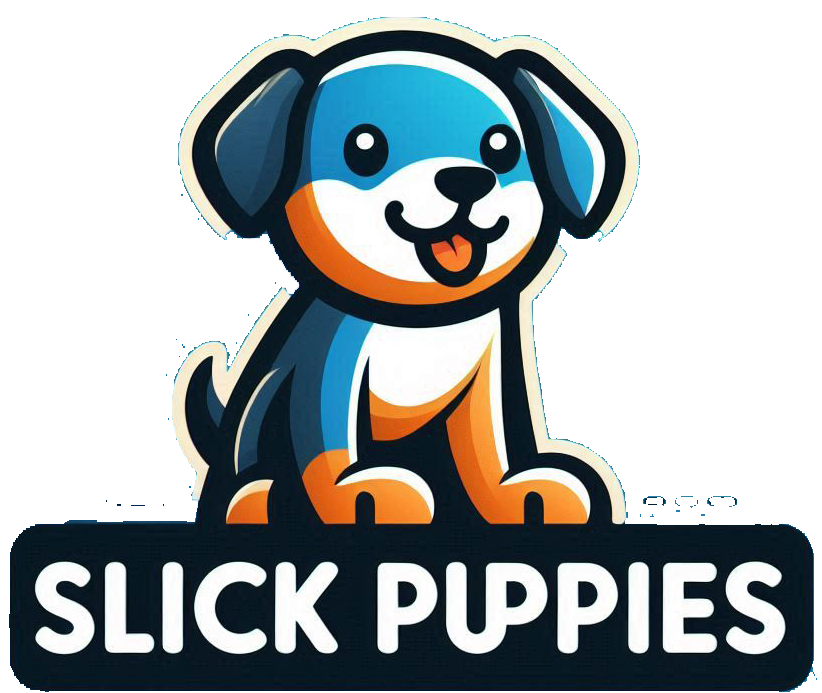After a female dog gives birth, her body undergoes tremendous changes and attrition, so proper dietary management is essential for a female dog’s physical recovery, milk production, and overall health. Today, I will give you a detailed introduction to what female dogs should eat after giving birth to supplement nutrition, so as to ensure that female dogs can quickly recover their strength and at the same time meet the high demand for nutrients during lactation.
1. Early postpartum period: Rapid recovery of physical strength
female dogs consume a lot of energy during the production process, and need to replenish physical strength immediately after giving birth. At this time, the female dog can be provided with some high-energy food, such as glucose water or brown sugar water, which can be quickly absorbed by the body and provide the female dog with an instant energy supplement. In addition, nutritional pastes and canned food for dogs are also good options, they are rich in protein and other essential nutrients, easy to digest and absorb, and do not put too much burden on the female dog’s gastrointestinal system.
2. Postpartum diet adjustment: Nutritional balanceWith
the gradual recovery of the female dog’s physical strength, the diet also needs to be gradually adjusted to provide more comprehensive and balanced nutrition. In the first few days after giving birth, the female dog’s appetite may decrease, so it is important to focus on small, easily digestible foods, such as rice porridge, steamed chicken, etc., to avoid excessive stress on the gastrointestinal system. At the same time, gradually increase the amount and variety of food to ensure that the female dog is getting enough protein, carbohydrates, fats, vitamins and minerals.
1. Protein intakeProtein
is a key nutrient for postpartum to recover and maintain milk quality. can be fed high-quality protein sources such as chicken, beef, and fish, which are not only rich in high-quality protein, but also provide essential amino acids that help the bitche’s body recover and produce milk.
2. After the production of calcium supplementation
The female dog loses a lot of calcium in the body, and is prone to low blood calcium. Therefore, special attention needs to be paid to calcium supplementation. Female dogs can be fed calcium-rich foods, such as shrimp, calcium tablets, bone broth (pay attention to remove oil, only feed soup), etc. At the same time, vitamin D supplementation helps in the absorption and utilization of calcium.
3. Supplementation of other nutrients
In addition to protein and calcium, female dogs also need to consume enough nutrients such as vitamins (such as vitamins A, C, E) and minerals (such as iron, zinc). These nutrients can be provided by feeding fresh fruits and vegetables (such as carrots, apples, taking care to peel and pit) as well as supplements such as dog food and nutritional pastes during pregnancy.
3. Specific Food Recommendations: Promote Lactation and Recovery
1. Calcium & Phosphorus
- Why? Prevents eclampsia (milk fever), a life-threatening calcium deficiency.
- Sources:
- Vet-prescribed calcium supplements (oral or injectable)
- Dairy (in moderation) or bone meal (consult vet first)
- Caution: Never supplement calcium before birth—only during lactation, as excess can cause complications.
2. Omega-3 Fatty Acids (DHA & EPA)
- Why? Supports brain development in puppies and reduces inflammation in the mother.
- Sources:
- Fish oil (salmon, krill oil)
- Flaxseed oil (plant-based, but less effective than fish oil)
3. Probiotics & Digestive Enzymes
- Why? Improves gut health, nutrient absorption, and prevents diarrhea (common in nursing dogs).
- Sources:
- Plain, unsweetened yogurt (with live cultures)
- Vet-recommended probiotic supplements
4. Prenatal/Multivitamin Supplements
- Why? Ensures the mother gets all essential vitamins (A, D, E, B-complex).
- Sources:
- High-quality dog multivitamins
- Eggs, liver (in moderation)
5. Goat’s Milk or Milk Replacer
- Why? Provides extra hydration and nutrients if the mother struggles with milk supply.
- Sources:
- Commercial puppy milk replacers (e.g., Esbilac)
- Fresh goat’s milk (easier to digest than cow’s milk)
6. Herbal Galactagogues (For Milk Production)
- Why? Naturally increases milk supply.
- Safe Options:
- Fenugreek (consult vet for dosage)
- Brewer’s yeast (rich in B vitamins)
- Oatmeal (safe and easy to add to meals)
7. Crucian carp soupCrucian
carp soup is one of the ideal foods for postpartum. Not only is it rich in high-quality protein, but it also contains a variety of minerals and vitamins that help the recover her strength and increase the amount of milk. At the same time, crucian carp soup also has the effect of milking, especially for female dogs with insufficient milk secretion.
8. Pork liverPork
liver is a good food for blood and iron, and moderate feeding can help female dogs recover their blood gas. However, it is important to note that pork liver must be cooked and fed to avoid infection with parasites and pathogenic bacteria. At the same time, the vitamin A content in the pork liver is high, and it should not be overfed to avoid vitamin A poisoning.
9. Milk powder and pasteMilk
powder and paste are convenient and easy-to-use nutritional supplements. Milk powder can provide the with the necessary protein and minerals, while the cream is rich in vitamins, minerals and amino acids to help the recover quickly.
Supplements to Avoid
🚫 Excess Vitamin D – Can be toxic.
🚫 Artificial additives – Some commercial supplements contain fillers.
🚫 Human supplements – Dosages differ; some ingredients (like xylitol) are toxic.
Final Thoughts
A well-balanced diet is the foundation, but supplements can help a lactating dog stay healthy and nourish her puppies effectively. Always consult your vet before adding new supplements to avoid imbalances or overdosing.



